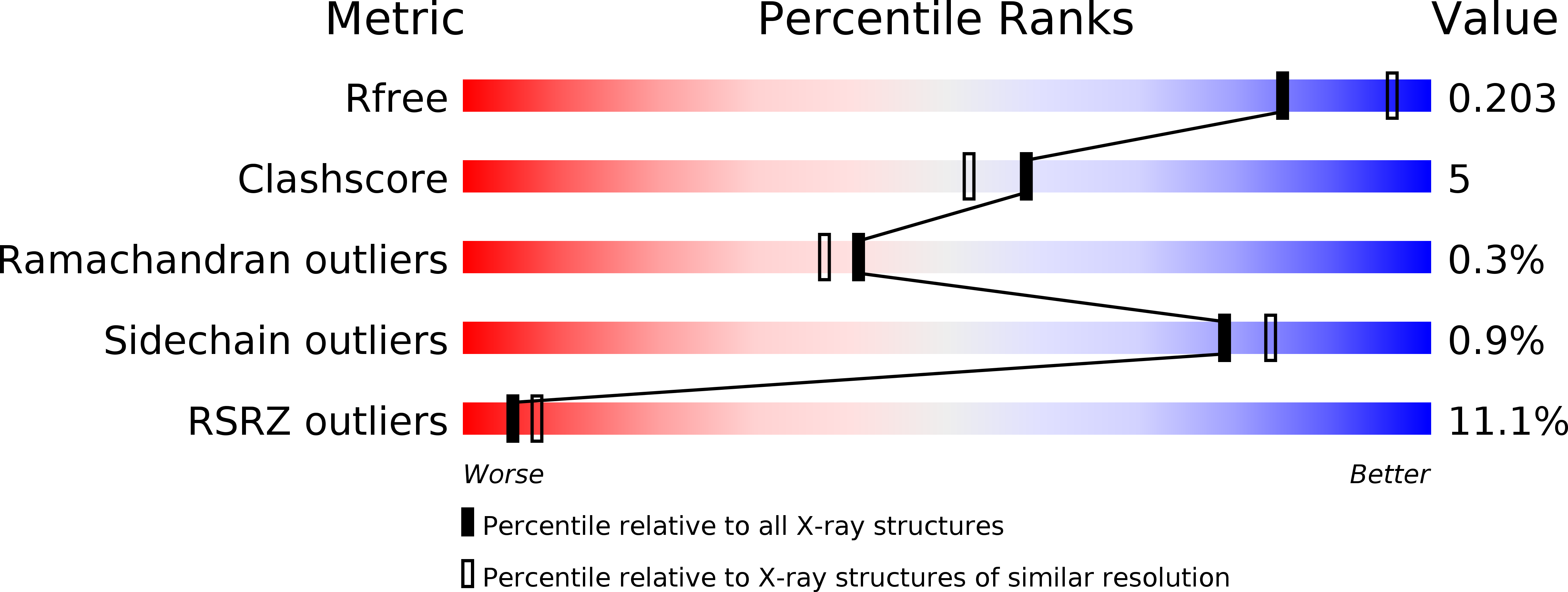
Deposition Date
2017-12-05
Release Date
2018-01-03
Last Version Date
2024-11-13
Entry Detail
PDB ID:
6F6N
Keywords:
Title:
CRYSTAL STRUCTURE OF EBOLAVIRUS GLYCOPROTEIN IN COMPLEX WITH SERTRALINE
Biological Source:
Source Organism:
Zaire ebolavirus (strain Mayinga-76) (Taxon ID: 128952)
Ebola virus (Taxon ID: 1570291)
Ebola virus (Taxon ID: 1570291)
Host Organism:
Method Details:
Experimental Method:
Resolution:
2.15 Å
R-Value Free:
0.20
R-Value Work:
0.18
R-Value Observed:
0.18
Space Group:
H 3 2


